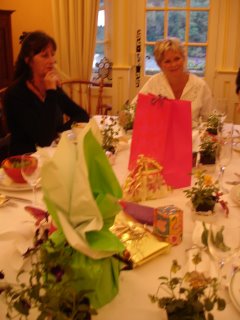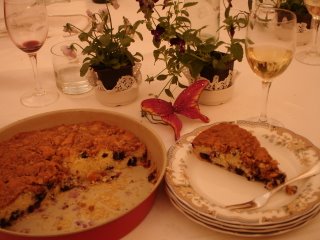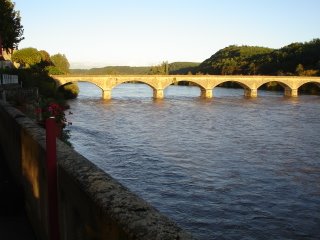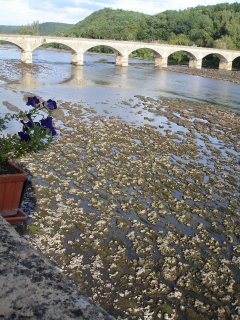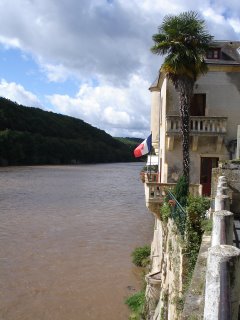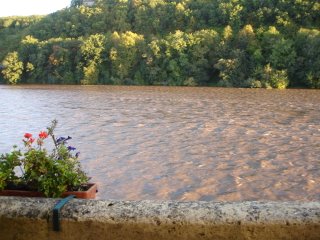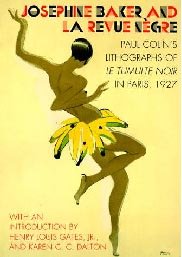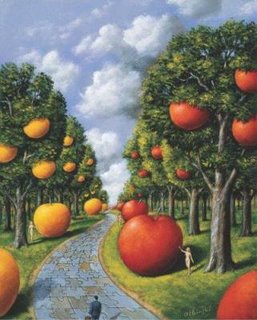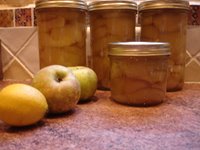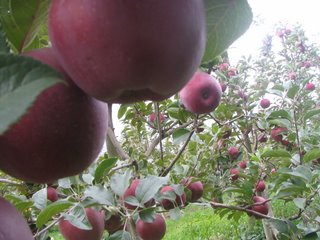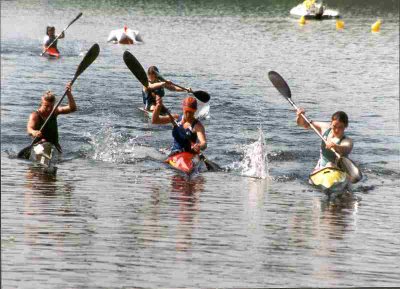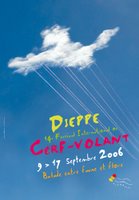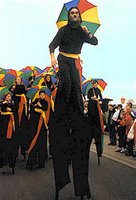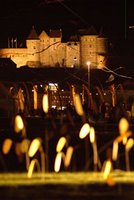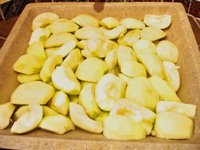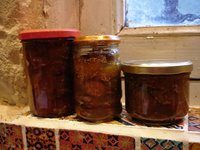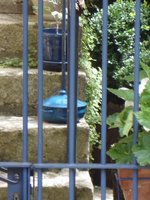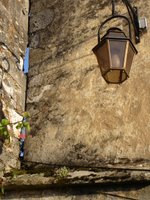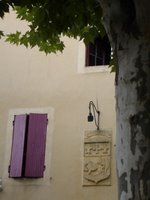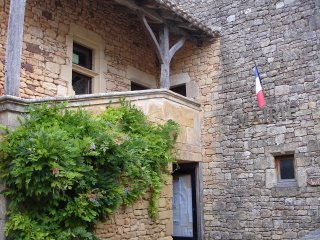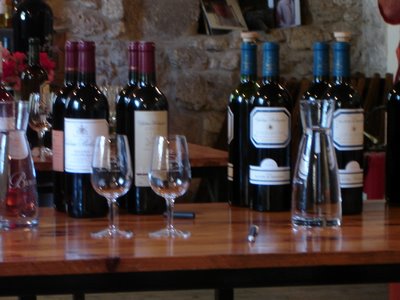
Ceux qui sont las de passer pour des ignorants lors des dîners en ville et qui confondent facilement Sauternes, Pomerol et picrate peuvent déjà préparer leur vengeance. En organisant des week-ends d'oenologie accessibles à tous, l'École du vin de Bordeaux a décidé de mettre fin à tous les complexes.
Durant deux ou trois jours, vous voici au coeur du secret des grands sommeliers. Le matin, des cours de dégustation réveillent progressivement vos papilles gustatives, dans le cadre d'un hôtel particulier bordelais du XVIIIe.
De la couleur de la robe à la palette des arômes, vous saurez tout sur les grands cépages bordelais. L'après-midi, place à la pratique : c'est au milieu des grappes et des pieds de vigne que l'histoire du goût vous est contée. Les châteaux producteurs du Médoc et de Saint-Émilion vous ouvrent leurs portes. A la pointe de la technologie ou dans la plus pure des traditions, les propriétaires enfilent leurs bottes pour vous faire visiter leur domaine et vous initier à la fabrication du précieux breuvage. Avant d'aller déguster les spécialités de la région dans l'un des repaires gastronomiques des vignerons... En buvant du petit lait.
Adresse
L'École du vin ;
1, cours du XXX juillet,
33075 Bordeaux.
Tél. : 05 56 00 22 66,
Fax : 05 56 00 22 82.
l'Ecole du vin de Bordeaux
Train : 3 heures en TGV depuis Paris; 2 heures de Lalinde en Train d'Esperance Route : 565 km depuis Paris. Empruntez l'A6 puis l'A10.
Horaires
Week-ends oenologiques organisés en juin-juillet et septembre-octobre, ou sur demande, à partir de 10 personnes.
Tarif : 342,50 € pour 2 jours et 534,30 € pour 3 jours en pension complète, visites et formation incluses.

And it is not only in French! You can also take courses in English or German!
This is what they say:
To enter the magic kingdom of wine, you first need to learn something about it. Many people are both attracted and intimidated by its mystique. The Bordeaux Wine School was set up a few years ago, offering ambitious, yet unpretentious courses for everyone. In short, the keys to the kingdom ! It is difficult to talk about as subjective an experience as wine tasting, where emotion is a key factor. The School does not try to set hard-and-fast rules, but rather to lay the groundwork so that people can find their own way around the vast universe of the world’s wines, as well as identifying and expressing their own tastes and sensations.
The ambition of the School is to share in the pleasure of quality and taste !
L’Ecole du vin offers several courses :
INTENSIVE COURSES:
* Level 1: "Learning how to taste and discovering Bordeaux wines". Discover the diversity and the quality of the world's largest fine wine region imparting the basic knowledge enabling participants to taste, describe and appreciate wines.
* Level 2: "The essence of Bordeaux - proficiency course". Improve your knowledge about wine by setting it in the right atmosphere.
* Level 3: "The legendary Chateaux of Bordeaux : the classifications and the wines". Why do some appellations have classifications and others not? Why are some wines classified and not the neighbouring estate? What are the links between terroir, classification and price? Discover the answers to all your questions during a course including 1 day of lessons and 3 days of visits in the Medoc, Pessac-Leognan, Sauternes and Saint-Emilion appellations, where you will be able to put your knowledge into practice with comparative tastings.
WINE WEEKENDS: Discover, during a week-end, the Bordeaux vineyards and the pleasures of tasting.
The 2 HOUR COURSES and the SATURDAY AT SCHOOL: Are you coming to Bordeaux this summer, or planning to spend your holiday at the Chateau Lalinde? Seize the opportunity to discover wine tasting at the "Maison du Vin de Bordeaux". There is a direct train from Lalinde to the centre of Bordeaux!The "A LA CARTE" COURSES" : Do you desire an adapted program, a specific session for a group? Tell them your wishes.
Click on Link:
Chateau Lalinde : The perfect venue for your event
TAGS: Events Rent a chateau France
Chateau
Perigord Food Holidays in France Recipes

